FortressDVD
TPF Noob!
hello all, new to the board.
I have a question about the meters built into the camera.. how accurate have you found them to be? I have a Leica R 8 and have shot a lot of black and white using just instinct and the light meter on camera but wondered about your thoughts?
thanks in advance
I have a question about the meters built into the camera.. how accurate have you found them to be? I have a Leica R 8 and have shot a lot of black and white using just instinct and the light meter on camera but wondered about your thoughts?
thanks in advance


![[No title]](/data/xfmg/thumbnail/34/34145-b89ccc67a24004d6d7a9026a7395914b.jpg?1619736318)
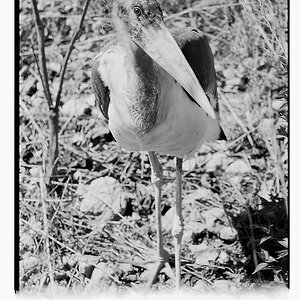
![[No title]](/data/xfmg/thumbnail/30/30885-2764c7a15a288ed06f3903d3a2756832.jpg?1619734497)
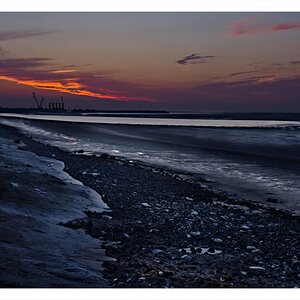
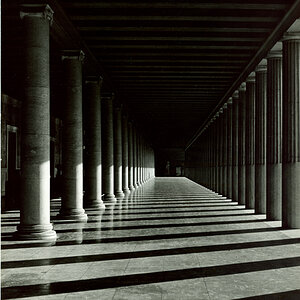

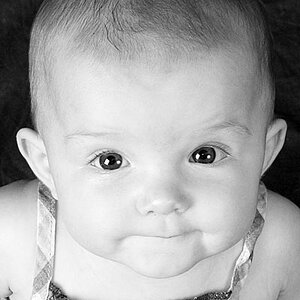
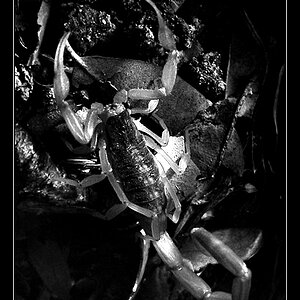
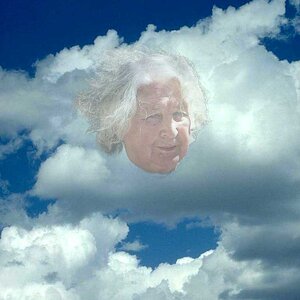
![[No title]](/data/xfmg/thumbnail/39/39533-c2c39d37e833a4689533c897ace8c348.jpg?1619739073)
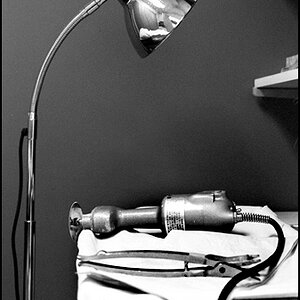
![[No title]](/data/xfmg/thumbnail/34/34146-9d096c80a1d288ea11e1f171a226bc3c.jpg?1619736319)